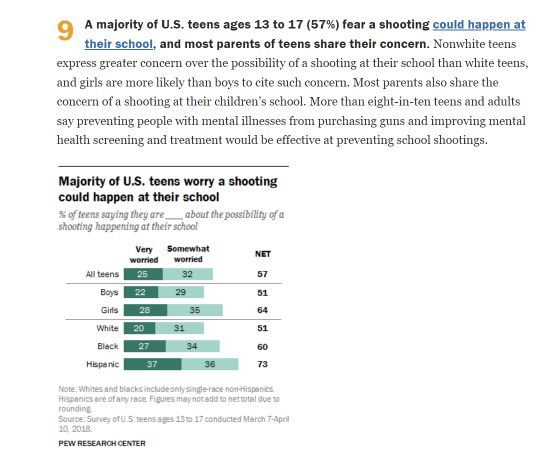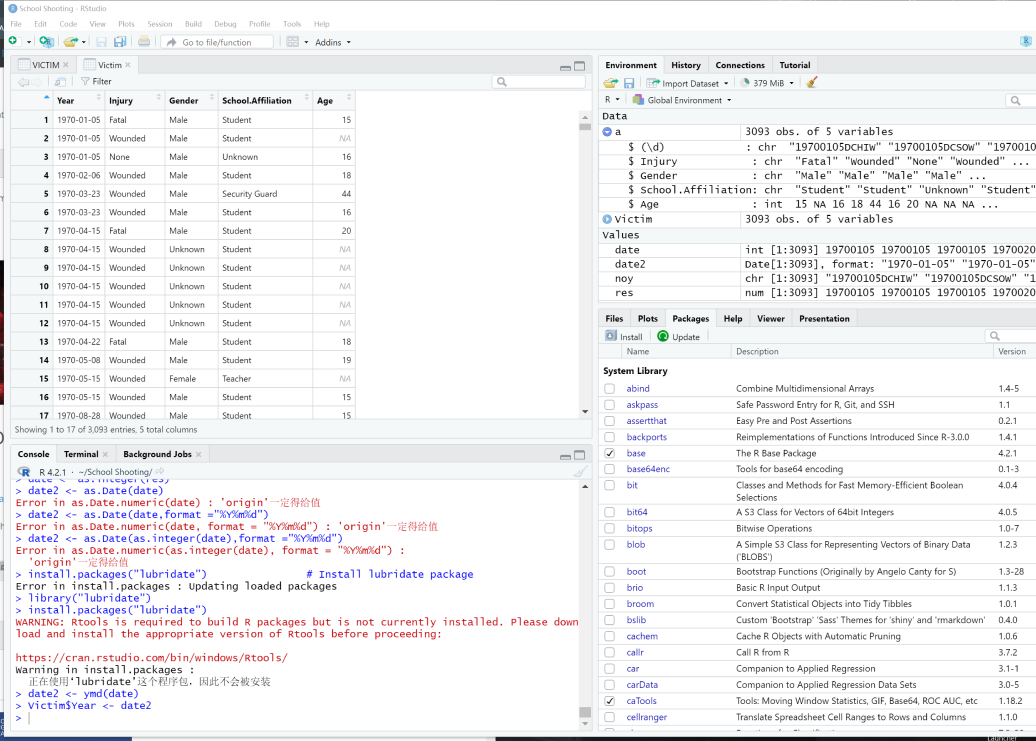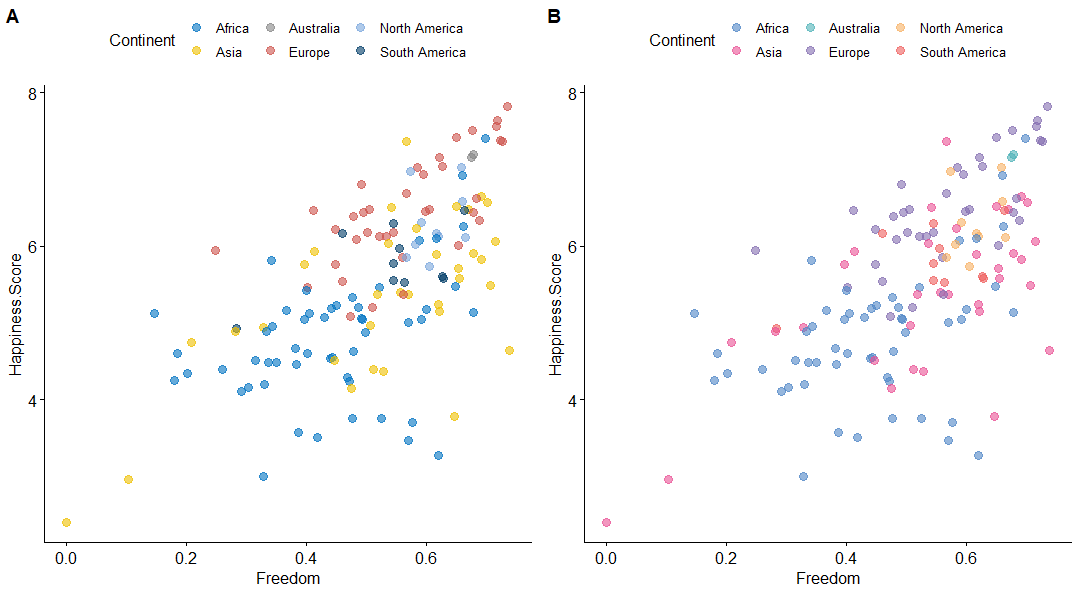Galaxy Project
solo project | user interface | data
It begins with…
Technically we now live in an era where the world’s information is available at our fingertips. However, when I am on social media or news feed apps, there will be times when I find the majority of internet users perceive certain matters differently than I do. It is normal for people to have different opinions. But in extreme cases, I cannot see a single person who agrees with me in the comment section. It makes me wonder if the information we receive is modified, and if it is how much adjustment they make and what influence it exerts on us.
We are all unique individuals. It doesn’t make sense that the internet is full of people with similar mindsets. The government may play a role in controlling the content distributed to the public. It might also be the corporation trying to maximize its profit by manipulating the website experience in a way tailored to users’ likes and dislikes, making them addicted to its service. Either way, our sight is blocked and active thinking is diminished.
Web3?
Decentralized internet may seem like a possible solution. The trending concept of Web3 aims to create a transparent online community owned by everyone. Users will have complete freedom over their content. Government and big corps are out of the picture. BUT will it actually solve the problem? If we give each individual the same right to speak, will it be better or worse?
Information Cocoon
Information Cocoon is a concept first brought up by Harvard scholar Cass R. Sunstein. It is a problem we face with the media we have right now. It describes a phenomenon on the internet: people tend to see what they want to see when receiving information online. The algorithm will then trap them in a narrowed vicious circle and tell them this is what the world is like, just like a worm inside of its own cocoon. Although my case is more like I am trapped in someone else’s cocoon, I find this concept convincing and alarming. It indicates that the problem may lie within ourselves.
If we are the reason that limits our horizons, then I want to design a user interface that promotes critical thinking and stimulates insights. My initial idea is having an interface that visualizes people’s position relative to everyone else in terms of their opinion.
Why I name the project this way.
When I visited Yosemite National Park this summer for a getaway, my favorite thing to do was laying next to my autocamp and looking up at the sky. There were a million stars blinking at night and the thought that they were light years away from us made me feel how tiny and insignificant we are.
I believe if everyone on earth is digitalized somehow and is presented as data, it must be looking like the galaxy I saw at Yosemite. I wish my project can remind people that how vast and limitless our universe is, it would be a pity to only live in a cocoon.
Attempt No.1
-
What would happen if there is no middle ground and people are forced to pick a side on every matters
-
To make sure people will have different opinions, I need to pick controversial topics. I will then group users who have the same answers together.
My idea was first to build an online chat room. The chat is full-sized and will take up users' whole browser window. The chat box is divided in half, representing two opposite sides. Shuffled controversial topics will be rolling on top of the screen, and people have to pick a side by texting on the right side of the screen.
I successfully created an online chatroom using socket.io, visual studio, and herokuapp. Users have to type in their names before entering the chat. However, due to technical difficulties, the rolling question was not designed, and instead, I used the famous Trolly Problem as my only topic. If you agree to save five people in danger of being hit by a trolley by diverting the trolley to kill just one person, you can leave a comment on the right side; the left side vice versa.
-
1. Technical difficulties
2. A yes or no response is too simple and not applicable to most of the questions in the world
3. User interactions are limited
4. Users may choose not to chat, leading to a result that no one is using the chatroom
Fig 1: Enter user name to continue
Fig 2: Text under the corresponding chat box
Attempt No.2
-
How can I bring the middle ground back and also visualize users' thought processes in real-time?
-
In response to the problem that people may choose not to join the chat, I planned to build an io-game-like interface where users control their avatars to “walk” on the screen. Their positions on the screen will indicate their attitudes toward each question. Some mental processes like hesitation and struggling can also be visualized by observing how users move their avatars.
Users can move around freely on the screen by using the mouse to control the direction of the movement. The avatar will keep moving even if the user decides not to participate. So that no response also counts as a response.
I also planned to add a few blobs on the webpage representing different responses. Users will be seen as agreeing to certain responses by entering the corresponding blob. The number of users in the blob will also affect the blob's size and shape.
-
1. Facing significant technical difficulties when designing the blob function that I had to put the project on hold
2. Several blobs are better than yes or no but still insufficient
3. Users can see how other people respond to different questions, which will more or less affect their responses as well
Fig 3: Web development in progress
Fig 4: Web development in progress
Attempt No.3
-
To what extent will people be affected by others, and how can I design an offline experiment to test it out?
-
I have limited ability to build a multiplayer online platform from scratch, so I decided to take a different approach. Learning from my previous attempt, I assumed that people would influence each other and change their responses accordingly. I will test out to what degree the majority will affect an individual.
Because I won’t be building a website, I need to find a way to simulate: A. The presentation of other people’s responses towards a controversial topic. B. the real-time response of the user
A. Four controversial topics were selected: freedom and happiness, school shooting, teen anxiety, and abortion. I also collected data and designed data visualization for each topic to represent other people’s opinions on the matter. Data sources are Kaggle, World Happiness Report, and Pew Research Center. I used R studio(ggplot2) and Figma for visualization.
B. I made a board and gave the test participant a token to move around, mimicking cursor movement. Token’s relative position on the board indicates their responses toward different topics. Take freedom and happiness as an example, the horizontal axis represents how happy they feel, and the vertical represents their level of freedom.
-
1. Participants may not put too much thought into how to move their tokens. Some of them didn‘t remember what they answered. This may also be the case for internet users: their actions and comments on social media may not mean anything
2. Some participants would like to make themselves noticeable, and some would blend in with the bigger crowd
3. Need more test participants and data
4. Redesign the io interface if could
Fig 5: Brainstorm on what topic to choose and how to design the experiment
Fig 6: The rough draft of the board design
Data_work in process











Board_work in process























